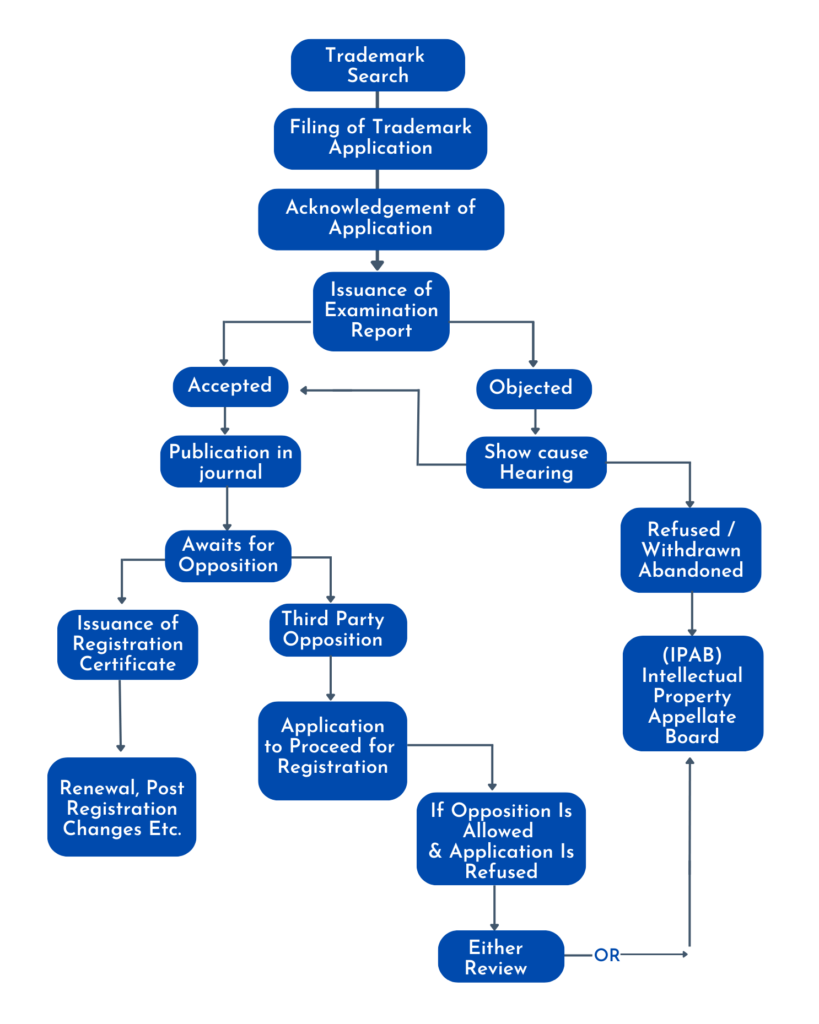In today’s dynamic business environment, the monopolistic era has become a thing of the past. While this has allowed people to engage in a wide range of businesses, it has also led to increased competition, as more people are pursuing similar ventures. With this increased competition comes an abundance of similar products, which can be confusing for buyers. Additionally, the prevalence of counterfeit products has created a need for trademarks, which serve as a crucial means of verifying the authenticity of products and their sellers. Despite their importance, some entrepreneurs are reluctant to register trademarks due to the perceived complexity of the process.

Fortunately, the trademark registration process has become much more streamlined in recent years, thanks to proactive measures taken by the trademark ministry. Previously, it could take over a year to complete the registration process, but now, without any objections, trademarks can be registered in as little as 6-8 months. The process involves several stages, which are outlined below.
Trademark Application:
When you want to register a trademark, the first step is to gather all the required documents and prepare the application. This process usually takes 2-3 working days. After you have applied for the trademark, you are allowed to use the “TM” sign with your brand name or logo as mentioned in the application.
Send to Vienna Codification:
Vienna codification is a crucial step in the trademark registration process, especially if the trademark involves logos or figurative elements. Under the Vienna Agreement, all such trademark applications are processed and assigned a unique Vienna code. This code helps in conducting an internal trademark search of the logo. The entire procedure is an internal process of the trademark registry and typically takes around 3-5 working days. During this stage, the applicant doesn’t need to take any action but wait for the trademark status to change. Once the Vienna codification is complete, the applicant can proceed with the next steps in the trademark registration process.
Formalities Chk Pass / Formalities Chk Fail:
During the trademark registration process, the trademark application is thoroughly examined for any missing documents or clerical errors. The trademark registry will check to ensure that all the information entered in the application and the attached documents is accurate. This stage also involves verifying the use of any language other than English or Hindi, and ensuring that the type of applicant matches the details mentioned in the power of authority (POA). Additionally, if the application claims any user date, it must be supported by valid documents. If any defects are found in the application, the status will be changed to “Formalities Chk Fail”.
Reply to Formalities Chk Fail:
This stage is critical in the trademark registration process as it requires the applicant to take action to address any issues found in the application. If the application receives a “Formality Check Fail” status, the applicant must respond to the report within 30 days of receiving it. The response must address the issues mentioned by the trademark registry, and any necessary corrections must be made within the given time frame. Failure to respond or correct the application may result in the trademark registry abandoning the application and not proceeding with further stages of the registration process.
Formalities Chk Pass:
Once the trademark application has been checked and all the necessary information has been provided without any deficiencies, the application will be marked as “Formalities chk pass.” This means that the primary stages of the trademark registration process have been cleared and the application will proceed to the next stage. The trademark registry may take around 7-10 working days to complete this process.
Marked for Examination:
This stage of the trademark registration process involves the examination of the applied brand name or logo under different sections of the Trademark Act. The trademark registry will then issue an examination report that either accepts or raises objections to the trademark.
Hearing:
If the trademark registry raises an objection, the applicant can either file a reply to the objection or request a hearing with the officer. If the examiner is not satisfied with the reply to the objection, the officer will schedule a hearing before rejecting the application. The status of the application will remain as “ready for show cause hearing” until the date of the hearing is scheduled. Since the trademark register handles hearings on a first come, first served basis, there is no set length for this step. This is a crucial stage in the trademark registration process.
Accepted & Advertised:
This stage is known as the Publication stage of trademark registration. If the examiner has not raised objections in the examination report, or if the officer finds the applicant’s reply to the examination report satisfactory, or if the hearing officer is satisfied with the arguments in support of the trademark application, then the application will be accepted and advertised in the trademark journal. The trademark journal is published for a period of 4 months and it includes all the trademarks that are about to get registered. This is an important stage in trademark registration as it provides an opportunity to third parties to oppose the registration of the trademark if they believe that it would conflict with their existing rights.
Opposition:
Once a trademark is published in the trademark journal, any party has the right to raise an opposition against the registration of the trademark within 4 months. This means that if someone believes that the trademark should not be registered, they can file an opposition within this period. If there is no opposition, the trademark application will proceed to the next stage of the registration process. However, if an opposition is filed, the application will enter into the opposition proceedings and the parties involved will have an opportunity to present their arguments and evidence.


 Thank You!
Thank You!